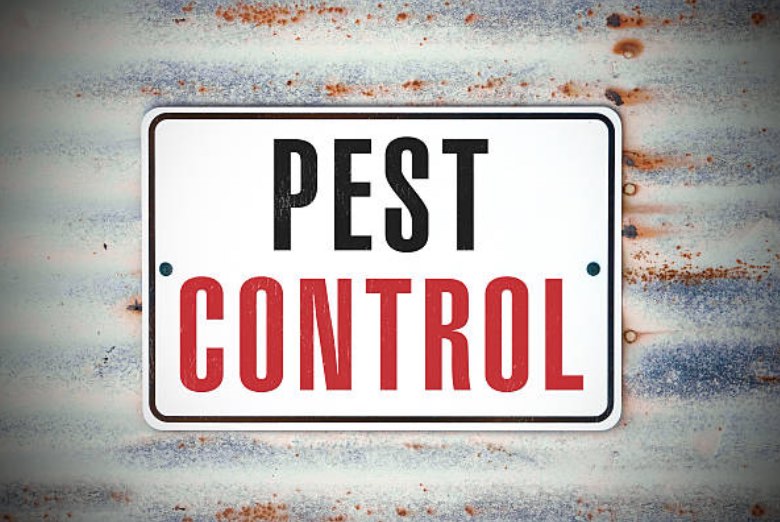
Unattended Death Encountered: What Next?
April 20, 2022Blood stains are a common occurrence for many people. Whether you cut yourself shaving, or your dog scratched up your arm during an argument, it is important to know how to remove blood stains as soon as possible so they do not get worse. There are many ways to eliminate these stubborn stains from clothing and fabrics in the home, but we will go over the most effective methods so that you can choose which one best suits your needs.
Remove blood stains when it’s still wet
The first thing you need to do is assess the type of stain. If it’s a fresh bloodstain, use cold water and soak up as much liquid from the fabric as possible before proceeding with any other steps. This will remove any excess blood that may have seeped into clothing or fabrics as well as clean up both you and your clothes. There are also special products on the market today such as Zout stain remover which help break down proteins in order to get rid of stains quickly without having to scrub too hard at them with a brush or towel (Zout). Hot or warm water will not help break down proteins and enzymes in old stains and could make them worse than they were original.
If you cannot take care of it right away, try soaking whatever has been stained by getting out all the liquid from around the area before drying completely. The reason is that blood will start drying and entrenching itself into the fabric, making it more difficult to remove.
Alternatively, if you are unable to wash the garment or bedding that has been stained with blood at all for any reason, try placing a dry towel over the area and apply pressure for at least five minutes. Wipe up as much liquid as possible before applying any liquids onto what has been stained with blood. Use paper towels first while blotting the surface area so no more liquids are added on top of the stain (this helps eliminate excess friction) then apply an enzyme-based cleaner over the entire garment until dry. This should act like soap when working out the protein molecules created by the blood.
Repeat as necessary. The goal is to absorb the blood from the surface of whatever has been stained so that it can no longer seep down into other fabric fibers. This will help in removing blood stains and preventing them from reappearing over time!
If the spot still remains after following these steps, apply hydrogen peroxide onto the stain while blotting the area with a paper towel first and let it sit out overnight or at least eight hours. This should help break down the protein molecules created by blood so that they can be removed from your fabric during your next washing process.
The next time you do laundry, be sure to use a pre-treatment product designed for bloodstains. They contain enzymes that will break down the proteins in order to remove them from the fabric. Be sure to follow instructions carefully or there is a chance it can worsen the problem and lead to discoloration of your clothing, even if it’s dark-colored.
Remove blood stains when it’s dry
If the blood has already been dry, you can use a solvent, which is a liquid that can dissolve solids. This type of stain is usually more stubborn and might require a few treatments, but it should eventually be removed.
There are a few types of solvents that work well on blood stains:
· Detergent like Woolite powdered detergent (you can find at most grocery stores) or dish soap. Add about a tablespoon to very hot water and soak whatever has been stained for 30 minutes before washing it in warm, soapy water with an old toothbrush as soon as possible followed by rinsing under cool tap water.
· Laundry stain remover is also effective since they often have enzymes that break down protein stains such as blood from sweat or skin cells – try something like Shout Stain Release Spray Gel.
· Simple green spray cleaner should remove any type of organic stain including blood due to the natural plant extracts which will break down proteins.
· White vinegar is also a good option, which has the benefit of disinfecting as well. It can be diluted in water to about 50% before being sprayed or soaked on stained items for 30 minutes and then washed with warm soapy water followed by rinsing under cool tap water. To make it extra potent, add some hydrogen peroxide – this chemical oxidizes blood stains while leaving your clothing stain-free!
· Lemon juice works really well too because of its acidity level; just like white vinegar, you have to let the lemon juice work for around an hour before washing out any loose soil from the fabric using cold water first. Again, once that’s done use hot soap suds to wash the fabric and then rinse with cold water.
· If you’re looking for a quick solution, try hydrogen peroxide! You can use it at full strength by simply spraying it onto the stained area of your clothing – just make sure to let it dry before putting it on again. Or, dilute in as much water as needed (around 50%) and leave on for around 30 minutes; follow up with washing using cool or warm soap suds before rinsing with cold tap water.
· Lastly if all else fails there are two go-to stain removal products that will remove blood stains almost instantly – they’re simple to find too! One is called Outright Stain Remover which has been specifically designed to work against the toughest of stains including blood. Apply directly onto the stained area and wash away with cold water after a few minutes – voila!
· The other is called Wonder Cleaner which has been specifically designed to work against difficult stains, such as those that are greasy or oily; it’s also great for dealing with blood too! We recommend diluting in warm water first before applying on the stain then washing off using cool or warm soap suds followed by rinsing with either hot tap water or cold tap water.
How to get blood out of carpet
If the stain is fresh:
· blot excess blood
· pour baking soda onto the stains
· sprinkling water until you see a reaction
· scrub until carpet is clean and vacuum up any leftover moisture left on it
If the stain has set in:
· fill a spray bottle with warm water, dish soap, and vinegar
· spray the solution onto the stain
· wipe up the solution
· vacuum up the leftover moisture
If there’s no change, repeat the process with an enzymatic cleaner instead of baking soda, soap or vinegar. An enzymatic cleaner is an alternative cleaner for tough spills that are set in too deep or have been spilled days ago before they had time to dry out completely.
How to get blood out of sheets
If the stain is fresh:
· rinse the sheet with cold water as soon as possible
· apply a stain remover
· machine wash the sheets to get the rest of the blood out
If the stain has dried:
· if you have light-colored sheets, pour lemon juice, or hydrogen peroxide over the stain
· let it soak in for at least one minute before rinsing it with cold water
· if you have a dark-colored sheet, pour table salt over the stain and damp the area with cold water
· scrub the salt with a toothbrush into the stain
· when the stain is gone, rinse off the salt
· another option for any colored sheets is to use a meat tenderizer
· mix some of the meat tenderize with a bit of water to create a paste
· apply the paste to the stain using a spoon
· let it sit for at least 30 minutes, then rinse the paste off
Whichever method you used, machine washes your sheets with cold water when you are done. Don’t throw your sheets into the dryer until the stains are completely gone, or you could cause them to set.
All this being said, always remember that removing blood stains does not get rid of bacteria that could be lurking around your clothing or sheets with every wear or cycle through the washer to give you an unpleasant surprise at some point during your next use. Always wash these items again after applying any type of treatment just to make sure they are safe for yourself and those who may come into contact with them later on.




